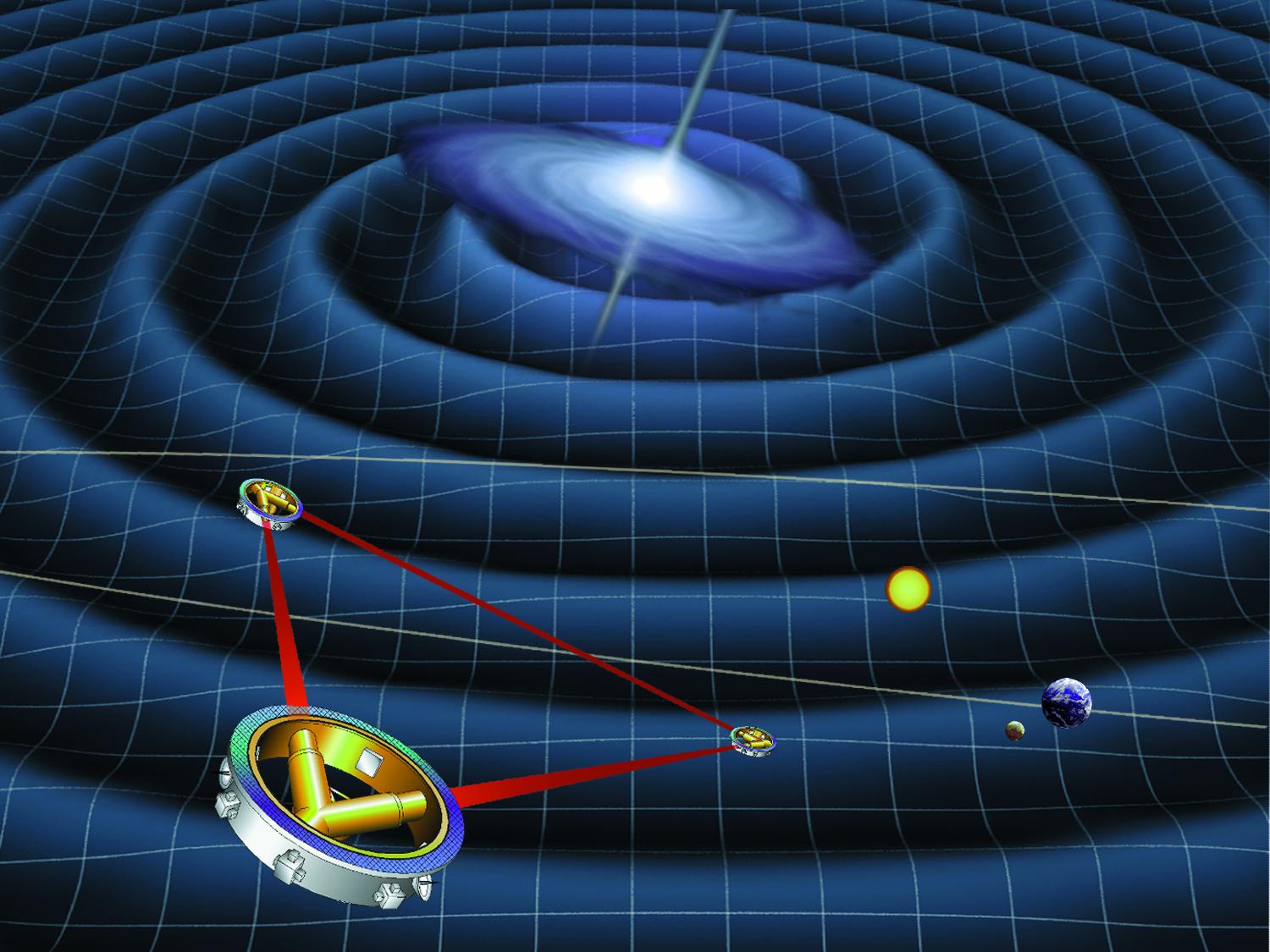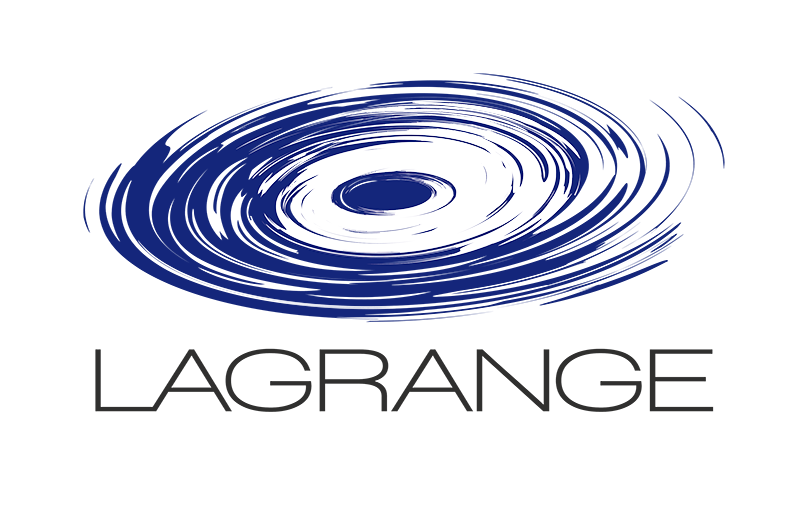LISA’s science objectives cover a wide range of outstanding questions in astrophysics, fundamental physics and cosmology. LISA is unique in that it will be sensitive to Massive Black Hole mergers across the Universe, directly probing the origin of Massive Black Holes and their growth and important role in galaxy evolution. Some of these sources will have signal-to-noise ratios as large as 1000, providing exquisite tests of General Relativity and the nature of event horizons. Multi-messenger observations will provide additional information about matter surrounding the mergers and a test of the propagation of gravitational waves. Stellar mass compact objects surrounding Massive Black Holes give rise to extreme mass-ratio inspiral signals, unique for LISA, that probe the stellar population in the central regions of galaxies and measure the mass and spin of the Massive Black Hole. They are also outstanding sources to map the detailed structure of the spacetime metric of the central Massive Black Hole, allowing tests of the no-hair theorem, the existence of additional fields and other alternative Gravity theories. LISA is guaranteed to detect a large number of Galactic sources, consisting of binary and multiple compact objects, which will give detailed insight into the final stages of stellar binary evolution, into the physics of tides and mass transfer, and can be used as independent probes of Galactic structure. Stellar-mass Black Hole binaries can be detected in the nearby Universe and can evolve from the LISA measurement band into that of the ground-based detectors, potentially yielding multi-band gravitational wave sources. Because gravitational waves provide a direct distance measurement of the source, LISA will determine the expansion of the Universe in a complementary way to Euclid and other cosmological probes. Finally, there are several potential stochastic signals from collective phenomena in the Early Universe, such as first-order phase transitions, that, if detected, would provide the unique direct measurement of the first seconds after the Big Bang.
France is a major contributor to LISA, including the responsibility for the coordination of the data analysis, though the Distributed Data Processing Center (DDPC). The Observatoire de la Côte d'Azur is responsible for the pipelines creating the final data products (e.g. catalogs). For any question, contact Astrid Lamberts (co-PI LISA-Frace, Coordinator of the DDPC catalog production).





